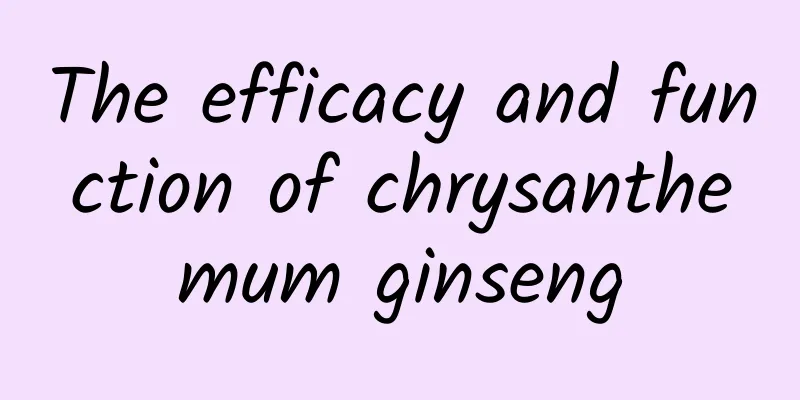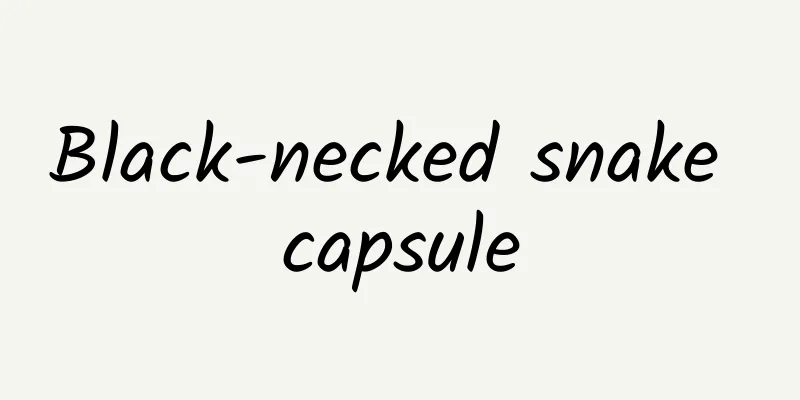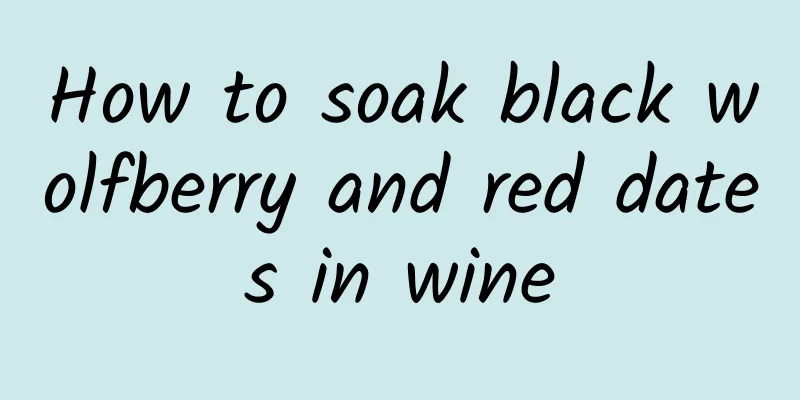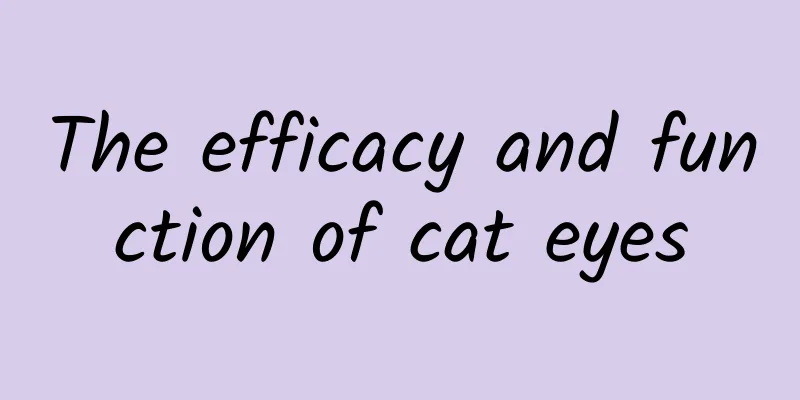What are the contraindications of commonly used Chinese medicine combinations?
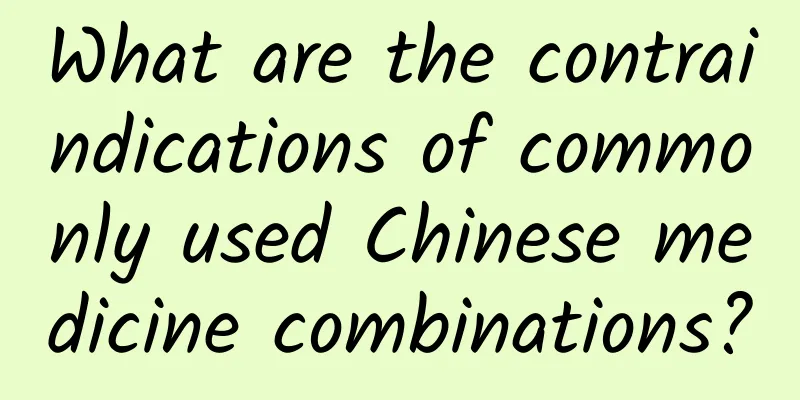
|
Nowadays, as many women get older, they will experience some middle-aged symptoms such as dry skin, insomnia, irregular menstruation, etc. Therefore, many women choose to take some Chinese medicine internally for proper physical conditioning. However, among the commonly used traditional Chinese medicines, there are some necessary incompatibility issues that need to be paid attention to. So what are the incompatibility issues of commonly used traditional Chinese medicines? Common contraindications for combining Chinese and Western medicines are introduced as follows: 1. Diabetic patients should avoid taking Chinese medicines such as licorice, ginseng, and deer antler while taking hypoglycemic drugs such as Glycyrrhiza uralensis. Because the active ingredients contained in these Chinese medicines can promote gluconeogenesis and reduce the decomposition of glucose by human tissues, thereby increasing blood sugar and aggravating diabetes. 2. Do not use antihypertensive drugs together with Chinese patent medicines containing ephedrine, such as Ma Xing Cough Syrup, Zhike Dingchuan Pills, Fangfeng Tongsheng Pills, etc. Because ephedrine can cause blood vessels to constrict and increase blood pressure, this reduces the effectiveness of antihypertensive drugs. Many patients often take antihypertensive drugs and the drug "Baijiahei" containing ephedrine at the same time. 3. Chinese patent medicines Baohe Pills, Liuwei Dihuang Pills, and Shenqi Pills should not be taken at the same time as western medicines aluminum hydroxide gel, aminophylline, sodium bicarbonate, and Weishuping. Because the first three Chinese medicines contain acidic drugs, and the last four Western medicines are alkaline drugs, if they are taken at the same time, acid and base neutralization will occur, causing both Chinese and Western medicines to lose their therapeutic effects. 4. Xiaohuo Luo Dan (Pills), Xianglian Pills, and Fritillaria and Loquat Syrup contain aconitine, coptisine, and fritillaryine, respectively. If taken together with western medicines such as atropine, caffeine, and aminophylline, it is easy to increase the toxicity and cause drug poisoning. 5. Ma Ren Pills, Jie Shu Pian, and Niu Huang Jie Du Tablets contain rhubarb, and they should not be taken with pancreatic enzymes, pepsin, multi-enzyme tablets, etc., because rhubarb can inhibit the digestive function of these enzymes. Through the above paragraphs and a simple description, I believe that everyone should have a deeper and more comprehensive understanding of the contraindications of commonly used Chinese medicine combinations! In addition, I would like to explain that when we regulate qi and blood, we must choose the appropriate Chinese medicine formula according to our own constitution. It is best to accept the guidance of some professionals so that we can achieve better conditioning goals. |
<<: What are the contraindications of Rehmannia glutinosa?
>>: How to take Cistanche deserticola?
Recommend
The efficacy and function of small nest vegetable
The medical value of nestweed is beyond our imagi...
The efficacy and dosage of Bombyx batryticatus
From ancient times to the present, traditional Ch...
Typhoon Tali has just landed in Zhanjiang, Guangdong! It may land again, please take precautions!
According to the Central Meteorological Observato...
The efficacy and function of octopus
Recently, major TV channels have launched various...
The efficacy and function of iris
Traditional Chinese medicine is very helpful in t...
The efficacy and function of fresh coptis root
In daily life, we can often see fresh Coptis chin...
Contraindications of Strychnos nux vomica
Strychnos nux vomica is a Chinese herbal medicine...
Dandelion Chicory Root Tea Benefits and Uses
In the mountains in the countryside, you can ofte...
How come the swing keeps swinging higher and higher with no one pushing or pulling it?
Audit expert: Luo Huiqian Associate Researcher, I...
What are the techniques for peeling chicken head rice?
The health benefits of water chestnut are very va...
The role and efficacy of Magnolia officinalis
Diseases are very common in life. Different disea...
What diseases are prone to occur in hot and humid weather? Here is the authoritative answer!
During the Lesser Heat, the temperature is high a...
What are the effects and functions of raw Rehmannia?
Raw Rehmannia is still frequently used in our dai...
The efficacy and function of water fern
The efficacy and function of the traditional Chin...
